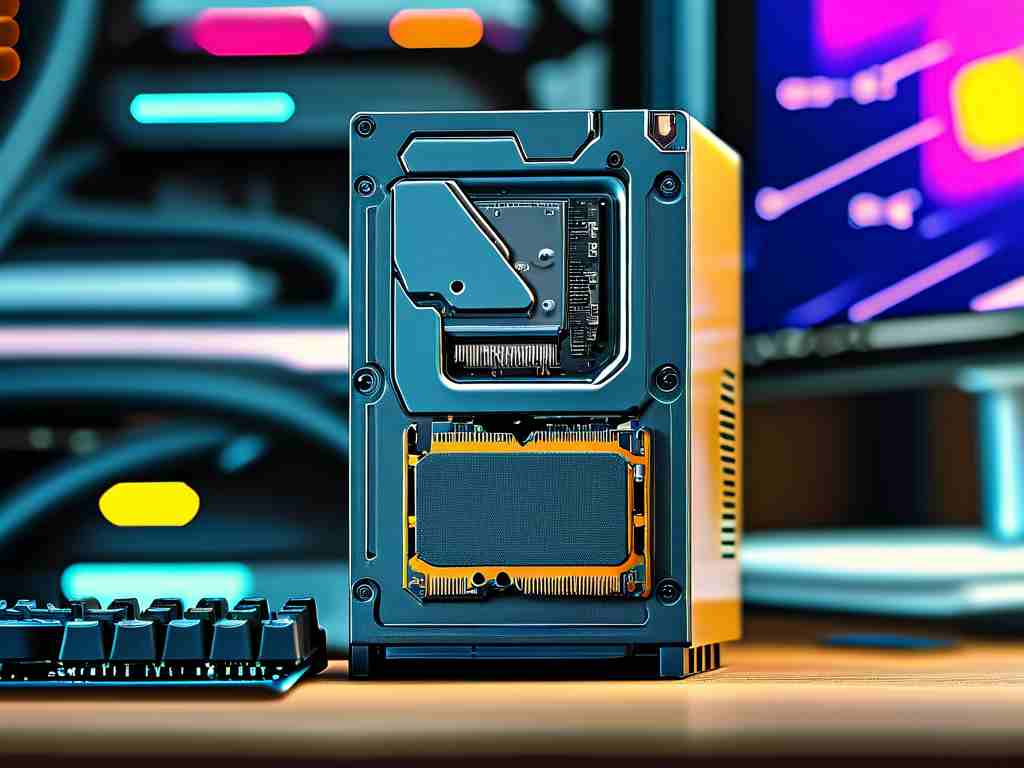In modern computing systems, the movement of data between external storage devices and a computer's memory forms the backbone of nearly all computational tasks. This process, often referred to as data loading or I/O (Input/Output) operations, involves intricate hardware coordination and software management to ensure seamless execution.

The Fundamental Mechanism
External storage devices – such as hard drives, SSDs, or USB flash drives – store data persistently. When a user initiates a task requiring this data (e.g., opening a document), the operating system triggers a sequence of operations. First, the storage controller locates the requested data blocks on the device. These blocks are then transferred via interfaces like SATA, NVMe, or USB to the system's memory hierarchy.
Unlike volatile RAM (Random Access Memory), which loses data when powered off, external storage retains information indefinitely. This distinction necessitates address translation – a process where logical file addresses are mapped to physical memory locations. Modern operating systems employ memory management units (MMUs) and page tables to handle this mapping dynamically.
Role of Caching and Buffering
To optimize performance, computers use caching layers between external storage and memory. For instance, when a file is read from a hard drive, a portion of it may be temporarily stored in a disk buffer or RAM cache. This reduces latency for subsequent access requests. Similarly, write operations often utilize write-back caches, where data is held in memory before being committed to slower external storage.
A practical example involves video editing software. When rendering a high-resolution video, the application loads chunks of raw footage into memory for real-time processing. Behind the scenes, the OS continuously swaps data between storage and memory to maintain smooth playback, a technique known as demand paging.
Hardware and Software Synergy
The efficiency of data transfer depends on both hardware capabilities and software algorithms. High-speed interfaces like PCIe 4.0 enable SSDs to deliver sequential read speeds exceeding 7 GB/s, drastically reducing load times. On the software side, direct memory access (DMA) allows peripherals to transfer data to RAM without CPU intervention, freeing up processing resources for other tasks.
File systems also play a critical role. NTFS, ext4, and APFS implement sophisticated metadata tracking to accelerate data retrieval. For instance, the "inode" structure in Linux-based systems stores file attributes and block locations, enabling rapid access without scanning entire storage media.
Challenges and Optimizations
Despite technological advancements, bottlenecks persist. Mechanical hard drives suffer from seek time delays due to physical read/write head movements. Even SSDs face limitations with NAND cell endurance and controller latency. To mitigate these issues, developers employ strategies like:
- Prefetching: Anticipating data needs and loading information in advance
- Multithreaded I/O: Parallelizing read/write operations across CPU cores
- Compression: Reducing data size before transmission
A case study involving database servers illustrates these principles. When handling complex queries, databases use query planners to determine optimal data loading sequences, minimizing disk head movement and maximizing cache utilization.
Security Considerations
Data transfers between storage and memory aren't immune to security risks. Cold boot attacks exploit RAM's data retention properties to extract sensitive information after shutdown. Full-disk encryption and memory sanitization protocols help counteract such threats by ensuring data is encrypted in transit and securely erased from memory post-use.
Future Directions
Emerging technologies promise to reshape this landscape. Storage-class memory (SCM) like Intel Optane blurs the line between storage and RAM by offering byte-addressable non-volatile memory. Meanwhile, advancements in photonics-based interconnects aim to eliminate bandwidth constraints between components.
In , the journey of data from external storage to memory represents a symphony of engineering marvels. As computational demands grow, innovations in both hardware architecture and software optimization will continue to refine this critical pathway, ensuring faster, safer, and more efficient data handling for generations to come.

